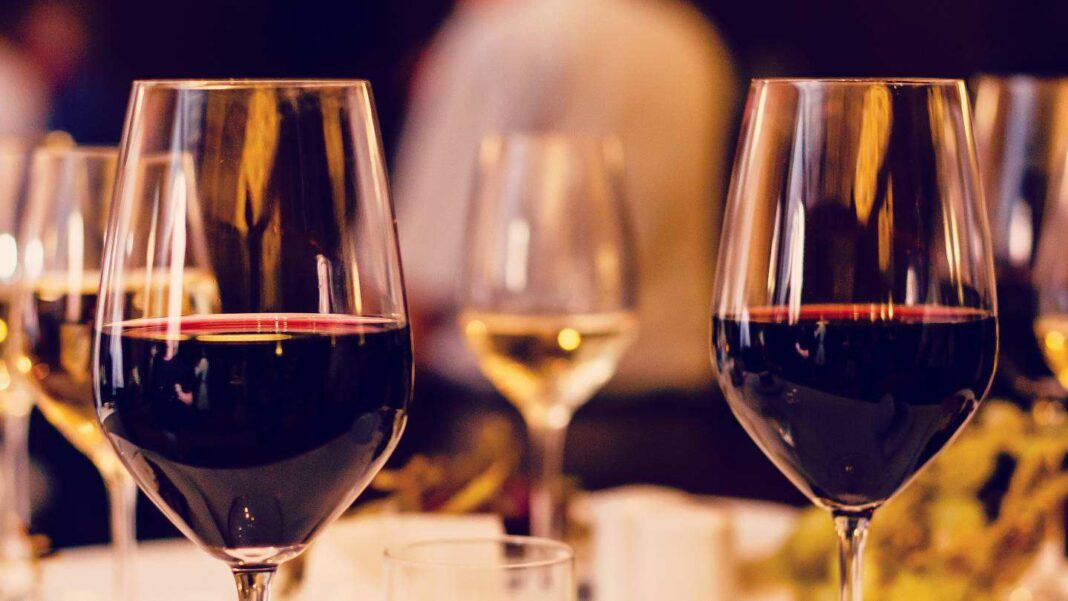Wine Property Groups (GFVs) present a unique investment avenue, offering tax benefits similar to forest investments. However, challenges in the secondary market and inconsistent returns limit their attractiveness compared to tangible wine products. While options like Foncière Champenoise France Valley II focus on Champagne and provide favorable tax regimes, risks associated with market fluctuations and management issues persist. Alternative GFVs emphasize stability, allowing investors to partake in wine property ownership with the potential for higher returns through physical bottles.
Understanding Wine Property Groups: A Unique Investment Opportunity
Wine Property Groups (GFV) offer investors a tax advantage during both the purchase and transfer of property, akin to forest investments. However, their popularity is hindered by challenges in the secondary market and inconsistent dividends, making them less appealing compared to other products that yield physical bottles of wine.
The Tax Reduction Paradox
It’s quite intriguing. A multitude of websites promote the tax benefits associated with GFVs, highlighting a potential tax reduction for investors. Yet, upon visiting these sales pages, the promised reductions seem to vanish.
The explanation is straightforward: two types of investment vehicles share the same name but possess contrasting economic and tax characteristics. One type provides a tax reduction, while the other does not. Unfortunately, the option that offers tax benefits is becoming increasingly rare.
“There are very few,” states Jean-Claude Chasson, founder of Bacchus Conseil, a leading figure in wine investment. “It is happening less and less,” adds Nicolas Agresti, director of studies at the Safer federation, which specializes in rural real estate sales.
Exploring the Advantages of GFVs
One of the few remaining options in this space is “Foncière Champenoise France Valley II,” backed by France Valley, a leader in forest investments. This group has chosen to focus on Champagne, a region renowned for its unique terroir. According to Éric Bengel, associate director of France Valley, “The vineyards are prestigious, and Champagne is a luxury product. As sales increase globally, producers must secure their grape supply.” Despite economic fluctuations, the demand for Champagne remains robust.
This heightened demand contributes to skyrocketing prices, with a hectare of land reaching nearly 1.3 million euros. “This creates significant challenges,” laments Éric Bengel. Many of the 370 Champagne houses are independent and family-owned, lacking the financial resources to purchase land at such steep prices.
To address this, France Valley acquires the vineyards and leases them to winemakers through a 20-year sharecropping agreement. Instead of traditional rent, the winemaker shares one-third of the harvest with the vineyard owner. “This arrangement allows the winemaker to operate without the burden of fixed rent, adjusting costs based on production,” explains Bengel. While the returns are variable and capped at 1% annually, these earnings are taxed under the favorable agricultural profits regime.
Importantly, shareholders in the tax-reduction model cannot receive dividends in the form of bottles. However, they can purchase Champagne at discounted rates, ranging from -5% to -45%. To maintain their tax advantages, investors must hold their shares for a minimum of two years. Typically, there’s a subscription fee of 10% and management fees, with France Valley aiming for approximately 2.5% net of all costs.
While this investment model may appeal to wine enthusiasts, it carries inherent risks. As these investments have fixed capital, any entry or exit must be privately negotiated. “In the event of a buyback, investors lose their tax advantages,” warns Éric Bengel, emphasizing the need for winemakers to express interest in repurchasing shares or the potential dissolution of the investment vehicle for any distribution of ownership among investors.
Alternative Investment Models
Bacchus Conseil does not offer this particular GFV option. “We prioritize liquidity in our investments,” asserts Jean-Claude Chasson. He expresses skepticism about the sharecropping model, citing risks associated with climate and market fluctuations, including poor management, frost, hail, and disease. “Champagne has seen devastating years,” he cautions, stressing investor hesitancy as a reason for the scarcity of such offerings.
Enter the alternative GFVs. “We refer to them as foncières,” explains Nicolas Agresti from Safer. These investment vehicles have proliferated in France due to their stability. Similar to civil real estate companies, they aim to acquire and manage wine properties, entrusting operations to a winemaker. “The farmer is responsible for vineyard maintenance and production,” details Chasson. Rather than sharecropping, a farming model is preferred, where a lease determines the payments due by the operator, independent of production levels.
Bacchus Conseil, as the market leader, has established 95 GFVs thus far, typically yielding around 2% returns, subject to property taxes. Investors can opt for remuneration in kind, receiving bottles instead, which can enhance returns to approximately 4.5% to 5.5%. Chasson collaborates with professionals aiming to expand, particularly in family buyouts or supporting young farmers. According to Safer, these foncières contribute positively to the wine sector. “They are virtuous, as partners do not expect extraordinary returns,” analyzes Agresti. They are dedicated to the territory and are motivated by meaningful investments. Furthermore, he confirms that these GFVs do not inflate prices, as any agricultural transfer is subject to a preemption right by Safer, ensuring that market dynamics and bottle value are the primary drivers of price increases.
